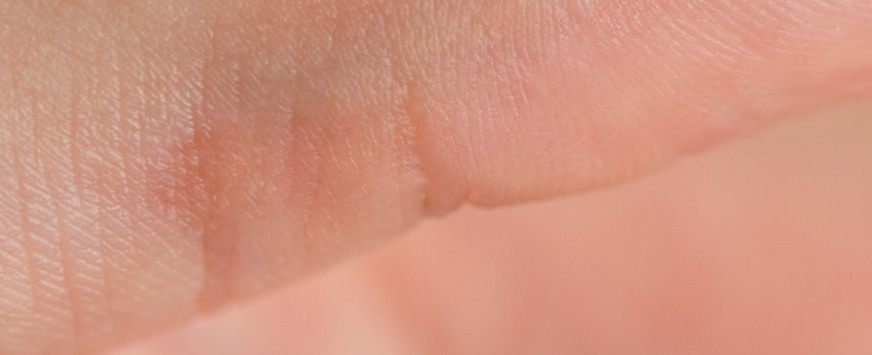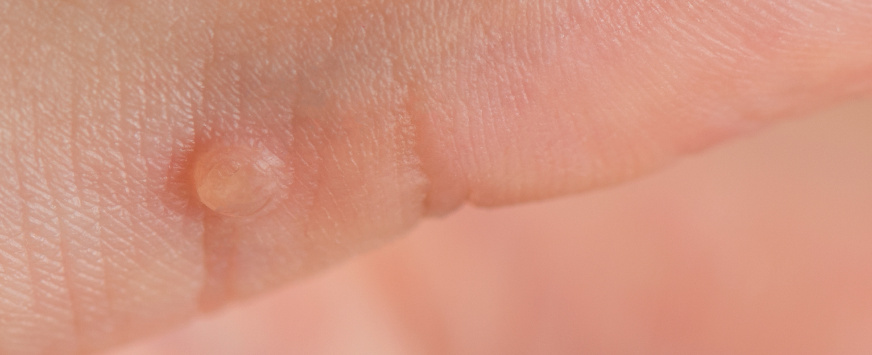TYPES
Common warts (verruca vulgaris)
These typically appear on fingers, hands, and around nails. They’re raised, firm, and rough, often resembling a cauliflower with tiny black dots, which are clotted blood vessels.
Flat warts (verruca plana)
These warts are smoother, flatter, and usually show up in clusters on the face, arms, or legs. Children and teenagers are more prone to them. They can be yellow, pink, or flesh-colored.
Plantar warts
Found on the soles of the feet, these warts can be painful when a child walks or stands. Because kids are always on their feet, these warts can grow inward, forming a thick layer over them, resembling a callus. They might also have the characteristic black dots.
Genital warts
Although less common in children, these appear on the genital and anal areas. Transmission isn’t always due to sexual contact; shared towels or close physical contact can also be culprits. These warts differ in appearance, being raised, flat, or cauliflower-like, and are usually flesh-colored or slightly pink.



